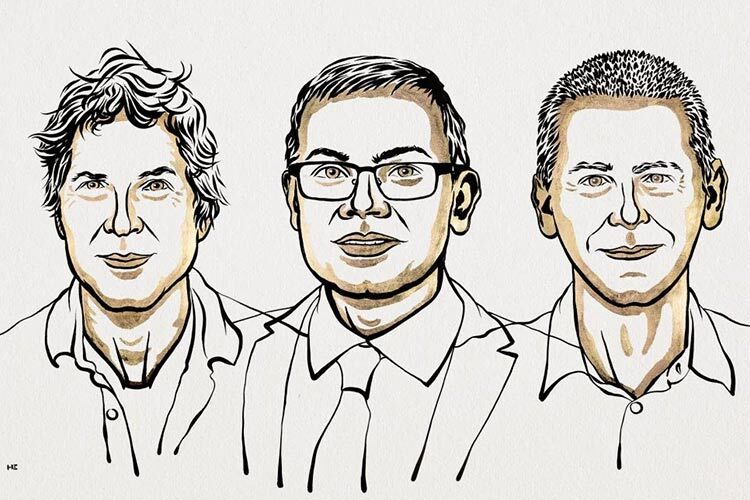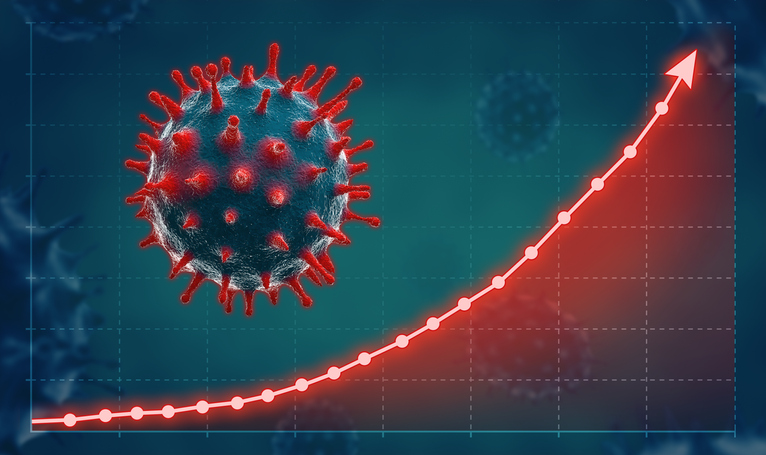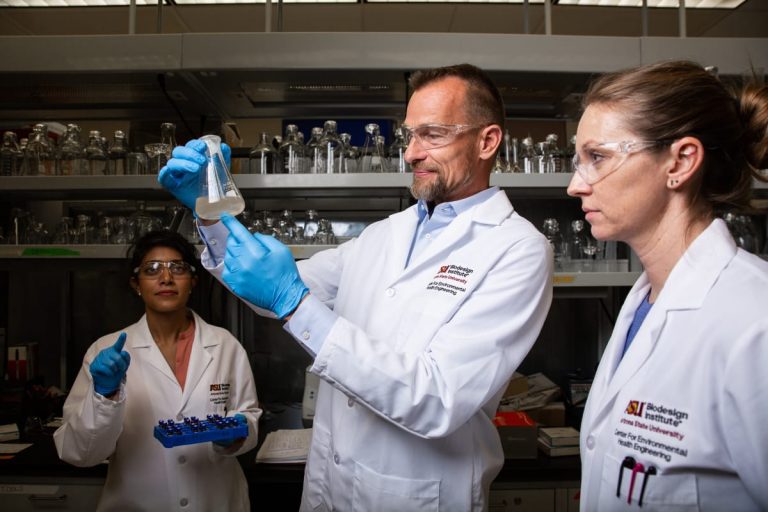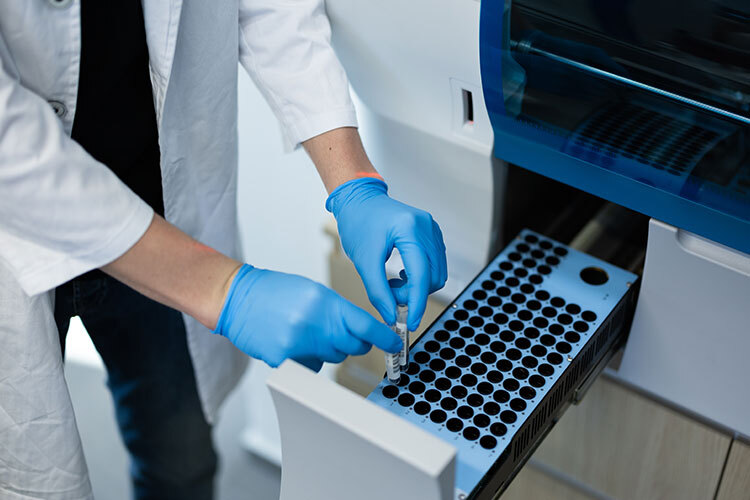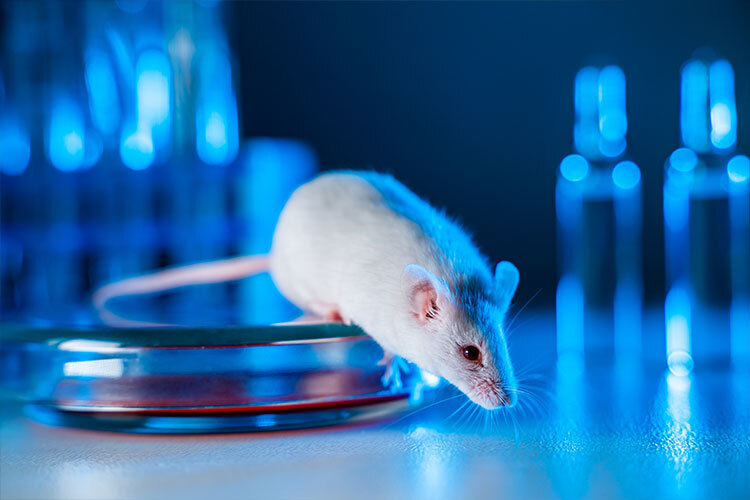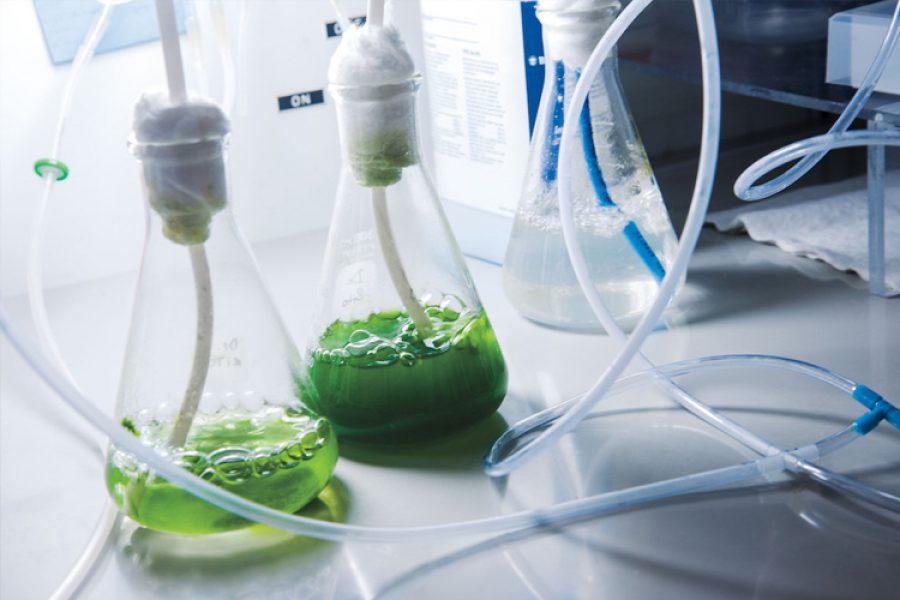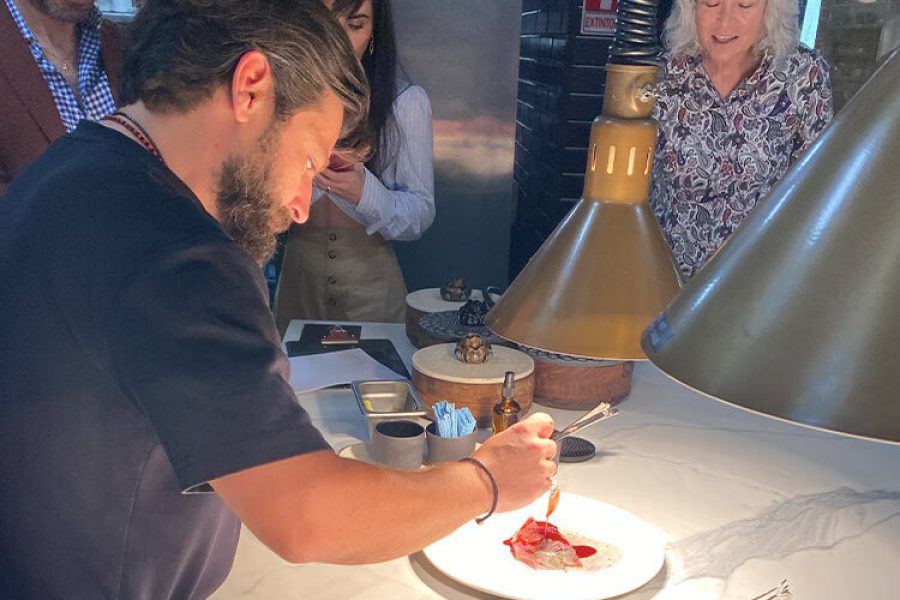The 2024 Nobel Prize in Chemistry has been awarded 50% to biochemist David Baker (Seattle, Washington, 1962), director of the Institute for Protein Design at the University of Washington. Baker is the creator of RoseTTAFold, a program his lab launched in 2021.
This software not only reveals the complex 3D structure a chain of amino acids folds into to form a functional protein but also designs entirely new ones from scratch.
In an interview, Baker mentioned, “This breakthrough holds immense potential in fields like environmental science, energy, and especially biomedicine.”
The other half of the Nobel Prize is shared by Demis Hassabis (London, 1976) and John Michael Jumper (Arkansas, 1985), researchers from the British company DeepMind, owned by Google. The Nobel Committee recognized them for their contributions to using deep-learning artificial intelligence (AI) to accurately predict the three-dimensional structure of proteins.
These three researchers were also honored by the BBVA Foundation with the Frontiers of Knowledge Award in the Biomedicine category.
Synthetic Proteins with Countless Applications
“One of the discoveries recognized this year involves the creation of extraordinary proteins. The other fulfills a 50-year dream: predicting protein structures from their amino acid sequences. Both breakthroughs open up enormous possibilities,” said Heiner Linke, chair of the Nobel Chemistry Committee.
Proteins are typically composed of 20 different amino acids, often described as the building blocks of life. In 2003, Baker managed to use these blocks to design a new protein unlike anything seen before. Since then, his research team has produced one innovative protein after another, including proteins that can be used as drugs, vaccines, nanomaterials, and tiny sensors, thanks to RoseTTAFold and its new iterations.
The second discovery pertains to protein structure prediction. In proteins, amino acids link together in long chains that fold into a 3D structure, which is critical for the protein’s function.
Since the 1970s, researchers had struggled to predict protein structures from amino acid sequences—it was notoriously difficult. But four years ago, there was a stunning breakthrough.
In 2020, Hassabis and Jumper introduced an AI model called AlphaFold2. With its help, they have been able to predict the structure of nearly all of the 200 million proteins that researchers have identified. Since its debut, AlphaFold2 has been used by over two million people from 190 countries.
Among its countless scientific applications, researchers can now better understand antibiotic resistance and visualize enzymes that can break down plastic.
Life would not exist without proteins. Now that we can predict protein structures and design new ones ourselves, humanity stands to reap enormous benefits, the Royal Swedish Academy of Sciences stated in their announcement. (Source: Sinc Agency)
